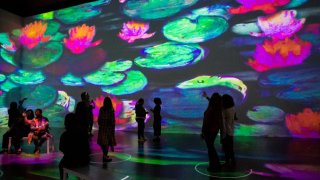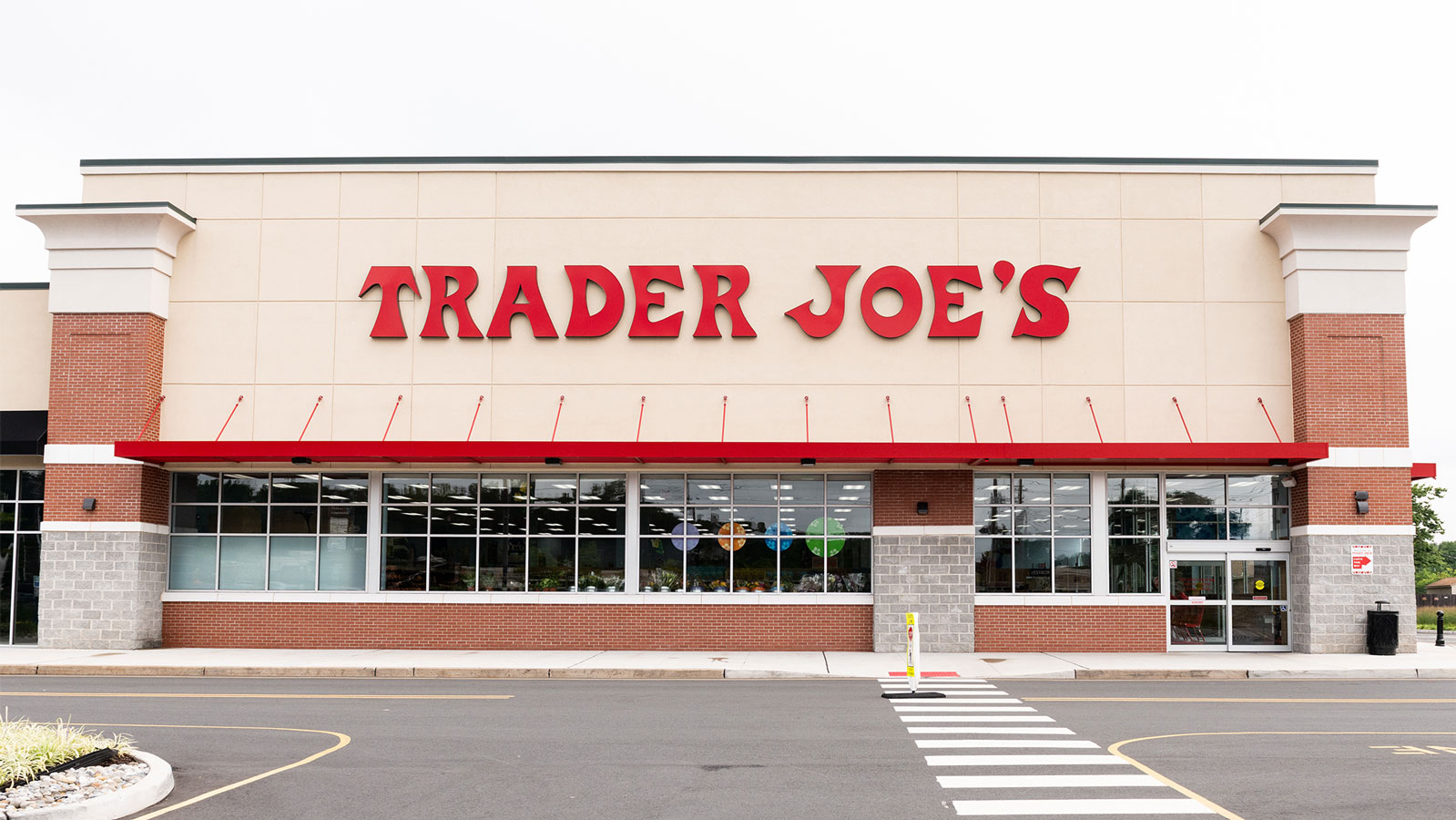
Chicagoans this summer will be able to immerse themselves into some of the most iconic paintings from artist Claude Monet and other Impressionists, literally.
"Immersive Monet & The Impressionists" opens in Chicago's Old Town neighborhood June 17, showcasing popular works from the Impressionist Movement of the late 19th century.
Created by the same team who brought "Immersive Van Gogh" and "Immersive Frida Kahlo," the new exhibit will project some of the Impressionists' most famous works onto the walls of Lighthouse ArtSpace Chicago, located at 108 W Germania Pl., through Sept. 25.
The immersive experience brings the paintings of Monet, Auguste Renoir, Edgar Degas, Mary Cassatt and other artists to life on a grand scale at 500,000 cubic square feet of projections set to music.
“Claude Monet and his peers are inspirational figures in art history and natural choices for an immersive experience,” said Corey Ross, producer of "Immersive Monet & The Impressionists" and founder of Lighthouse Immersive. “The spontaneity of Impressionism is expressed in movement and color, two mediums that our state-of-the-art projection systems present quite well! Projection mapping and immersive experiences are shaking up the art world much like Monet and his contemporaries did with their groundbreaking Impressionism. We are eager to bring their vibrant colors and magnificent beauty to many of our Lighthouse ArtSpace venues.”
Tickets will be available here, starting at $29.99, starting Thursday.
The Impressionist Movement, focused primarily in western Europe, began in the mid-1870s when the "Anonymous Society of Painters, Sculptors, Printmakers, etc." hosted an exhibition in Paris, France.
Local
The society was founded by Monet, Degas and Camille Pissarro, among others, in an effort to reject societal norms set forth by the Salon de Paris, which had been in place since the 17th century.
At the time, the term "Impressionist" was a derogatory term to ridicule the artists for the "rushed, unfinished" appearance of their works. However, the painters sought to wear the name with pride.
Feeling out of the loop? We'll catch you up on the Chicago news you need to know. Sign up for the weekly Chicago Catch-Up newsletter.
The movement only lasted until about the late 1880s, but many would say it sparked an artistic revolution.



